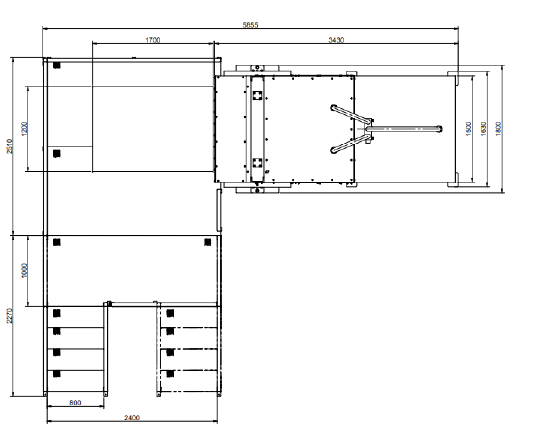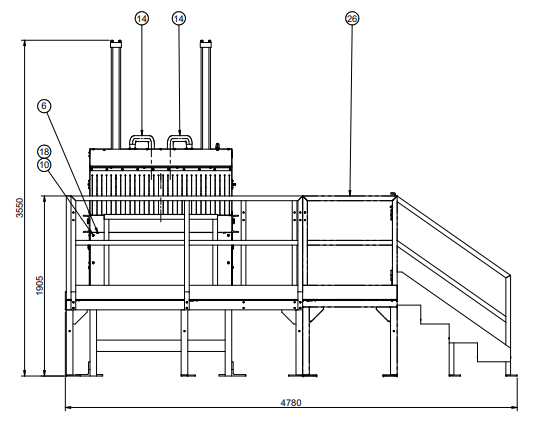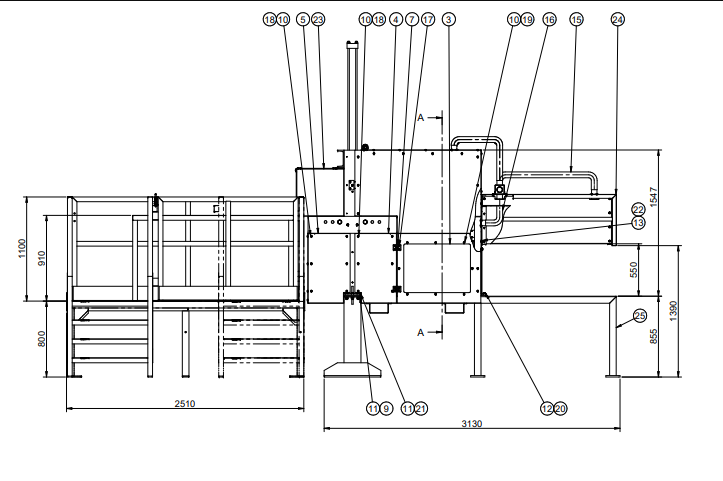Separation plant for metal recovery, refining line made by Stokkermill Recycling Machinery are extremely versatile and flexible systems that can operate in different fields with the aim of separating metals of different types from plastics and inert. Metal refining plants can separate ferrous metals using magnetic separators of various types and with different coercive forces. Separators with superior coercive capacity can separate stainless steel fractions and provide for the separation of paramagnetic metals in general. Eddy Current separation systems or eddy current separators allow the separation of other metals from the inert fraction. Multiple densiometric tables, generally positioned at the end of the metal refining plant, allow for the separation of heavy metal fractions from lighter metal fractions. The optical separators allow, finally, to separate the fractions of different colour and/or shape. These are state-of-the-art technologies capable of making extremely precise and accurate separations. Upstream, the metal separation plants are equipped with a system for reducing the size of the materials intended for separation. The volumetric reduction can be carried out with different technologies:
The WEEE recycling lines are suitable for the following processes:
- Electrical and electronic equipment and refining lines (WEEE)
- Aluminium processing / refining plants and lines
- End-of-life vehicle (ELV) treatment plants / lines
- Hard-drive treatment lines
- Toner recycling plants and lines
- Solar panels recycling plants and lines
- Fluff treatment lines and lines
- Cable recycling plants and lines
- PCB’s electronic card processing plants and lines
- Coffee capsules recycling plants and lines
- Crushing residues plants and treatment lines















